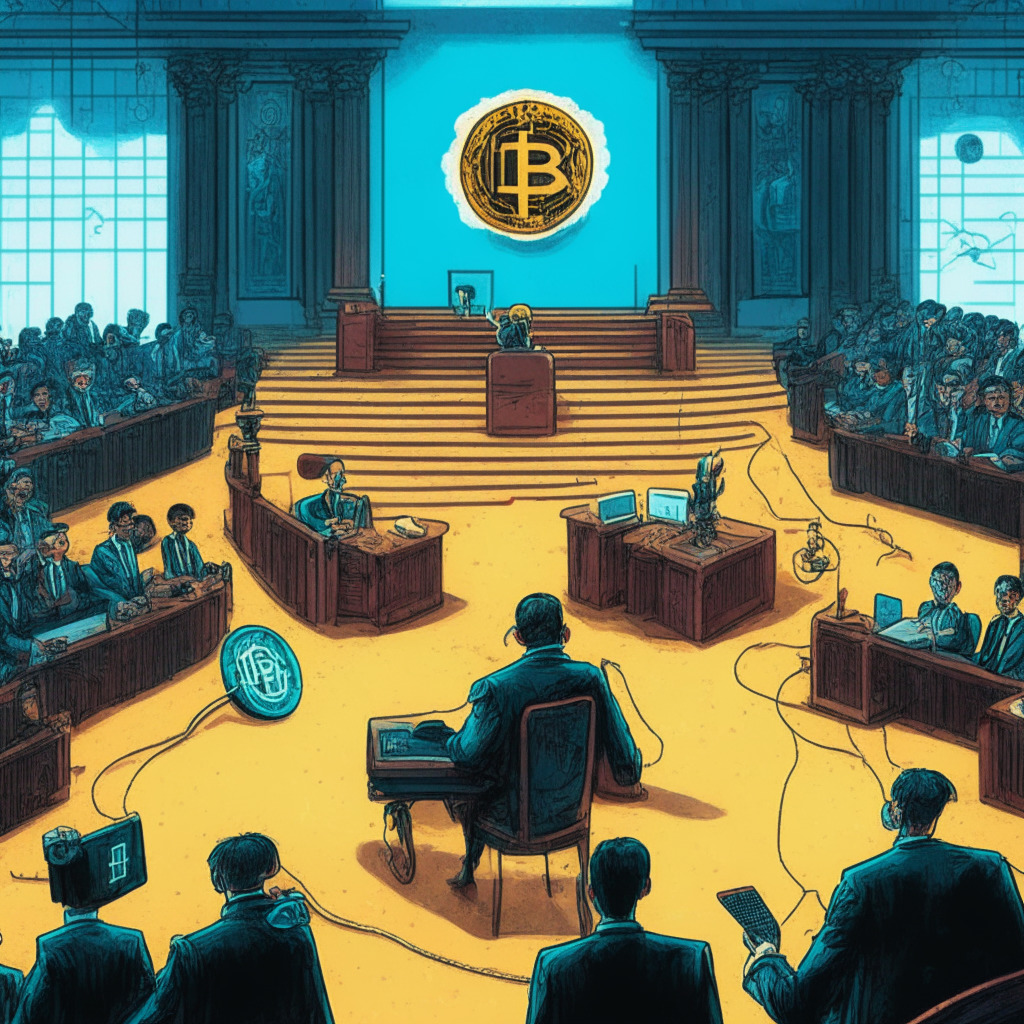In a riveting turn of events, the future of FTX ex-CEO, Sam Bankman-Fried, hangs in the balance as his attorneys have called for his temporary release. His lawyers argued that for an effective defense preparation, Bankman-Fried requires constant internet access, an amenity his current situation with limited access barely provides. The question percolating now and one that warrants scrutiny is how much access to the digital space does a person under enquiry truly require, and how is justice served by either option?
Crypto exchanges, Bybit and OKX, further tugged at the strings of the cryptoverse, following in Binance‘s footsteps, as they cut ties with Russian banks under international sanctions. As sanctions intensify globally, it’s intriguing to observe how this stance cuts both ways: it veers along the path of political correctness yet it stumbles against the blockchain’s ideal principles of inclusivity and accessibility.
BingX Charity is capitalizing on the power packed in the crypto world, harnessing it to mould the future of young minds in Vietnam. Their initiative, “Bright Horizons for Children,” aims to rally the community to build schools, providing a durable learning environment. However, one can’t help but ponder the potential downsides of such drive; how sustainable is such an initiative, and how does this play into the broader debate about crypto’s role in society?
Emerging as a vigilante in the crypto sphere, ZachXBT highlighted an alarming surge in scam accounts using Twitter verification for credibility. This exposes a chink in Twitter’s armor and sparks a dialogue on the authenticity of verifications that were meant to protect users. It subsequently forces stakeholders to reevaluate approval methods. Yet, the question now falls back on the platforms; could they have predicated this twist?
United under a global banner for crypto regulation, Indian Prime Minister Narendra Modi issued a solid call during the G20 Summit. He urged for the adoption of cryptocurrencies, emphasizing the need for a unified level ground for their framework and regulations. While undeniably, significant energy has been channelled into this course, it exposes the tug-of-war between the democratic stance on regulations and the iron-clad control some governments choose to impose.
And finally, in the Investment frontier, data has revealed Robinhood, a pioneering brokerage firm to be the third-largest holder, with over $3 billion in Bitcoin in its wallet. With crypto exchanges Binance and Bitfinex taking the lead, it paints the grandeur of the cryptocurrency world but also begs the question- are we on the verge of a digital gold rush or bracing for a perilous bubble?
In the face of persistent complications, the future of blockchain teeters precariously between pathbreaking transformation and a potential bubble. Blockchain’s breathtaking scope and infinite opportunities invariably throw up an equally momentous set of challenges for us to navigate. With each stride, the horizon gleams with tantalizing prospects, baring an undercurrent of uncharted dangers. The choices we make today shape the blockchain of tomorrow.
Source: Cryptonews




